Custom rubber mold making is a complex process that involves issues such as design, materials, manufacturing, inspection, production, maintenance, and so on. The aim of this article is to precisely design and manufacture rubber molds according to customer requirements, producing rubber products with specific specifications and shapes, while maintaining mold quality, performance, and life cycle.
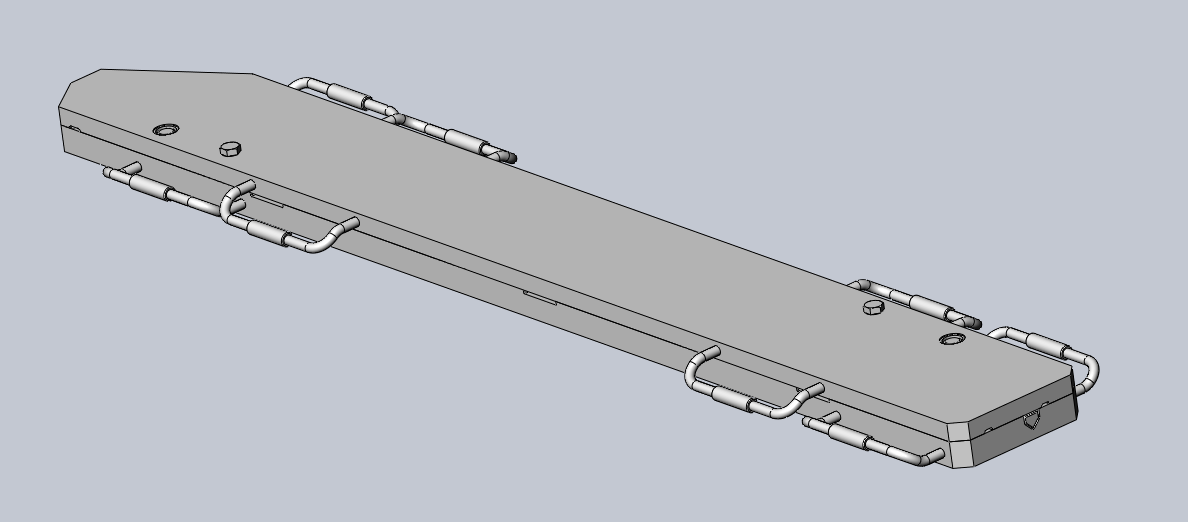
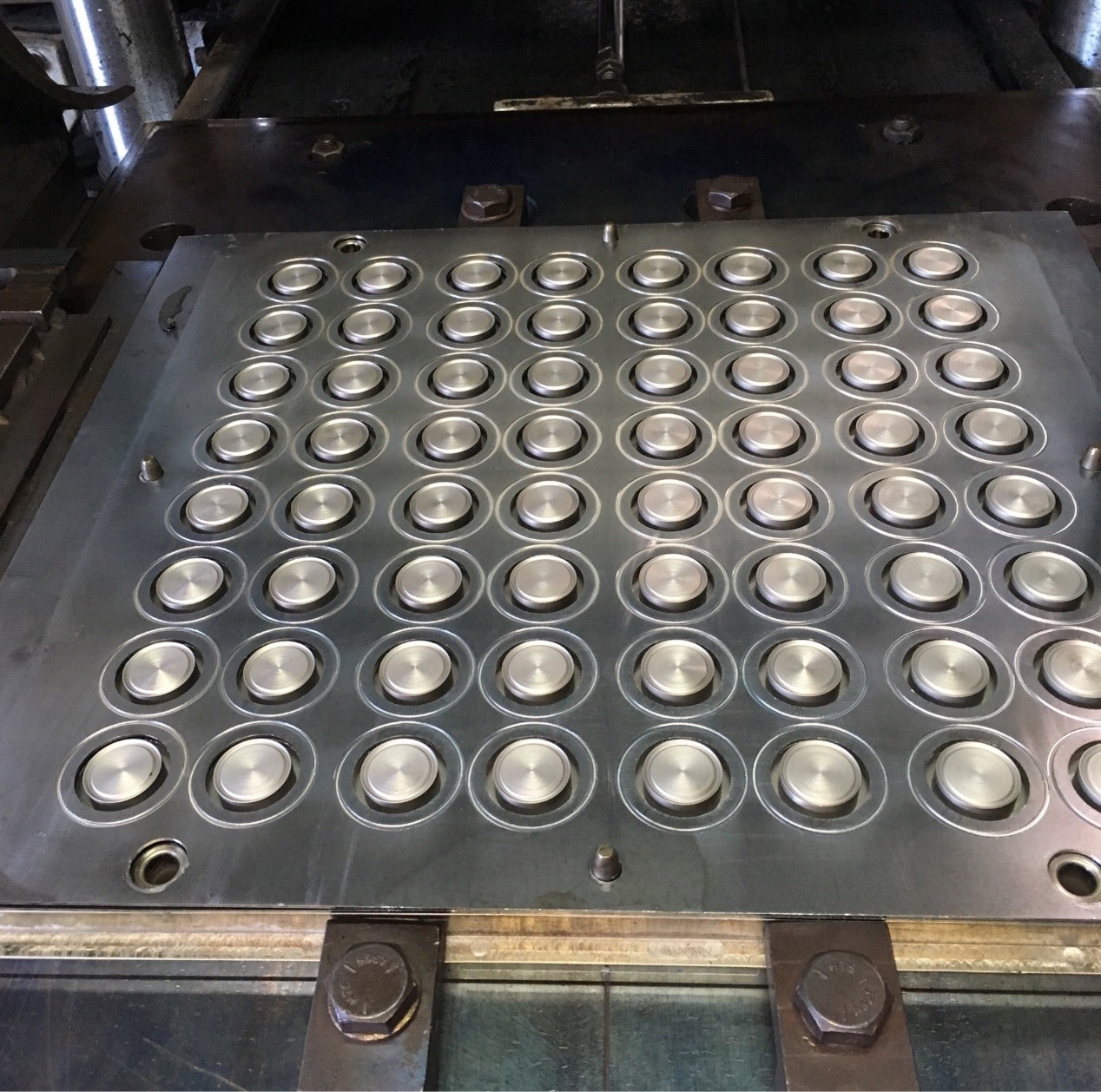
Differences: China is one of the world's largest rubber mold manufacturing countries, with a huge production scale and a complete industrial chain. Chinese rubber molds are characterized by large-scale production and cost-effectiveness. Such as: rubber gaskets, sealing rings, shock absorber、electronic parts、civilian products etc.
Technical level: The technical level is generally high, especially in the field of injection rubber molds. Focus on improving production efficiency and manufacturing cost competitiveness.
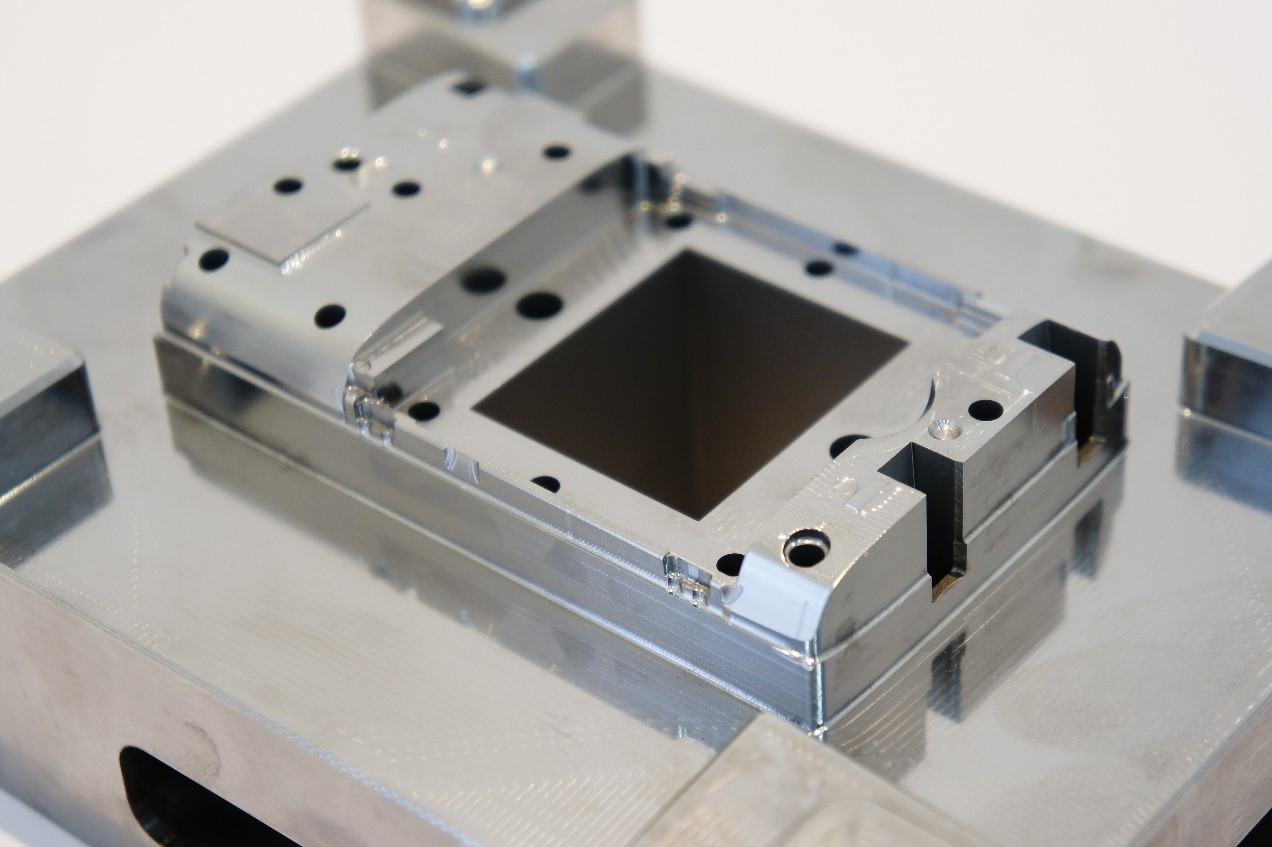
Differentiating features: Germany is known for its high precision and technological innovation. Rubber molds are usually manufactured with a focus on precision in Germany and are suitable for demanding industrial applications such as sealing rubber for military vehicles, aerospace, marine, automotive shock absorbers, etc.
Technical level: The technical level of German rubber molds is in the forefront of the world, focusing on research and development and the application of high-end technology.
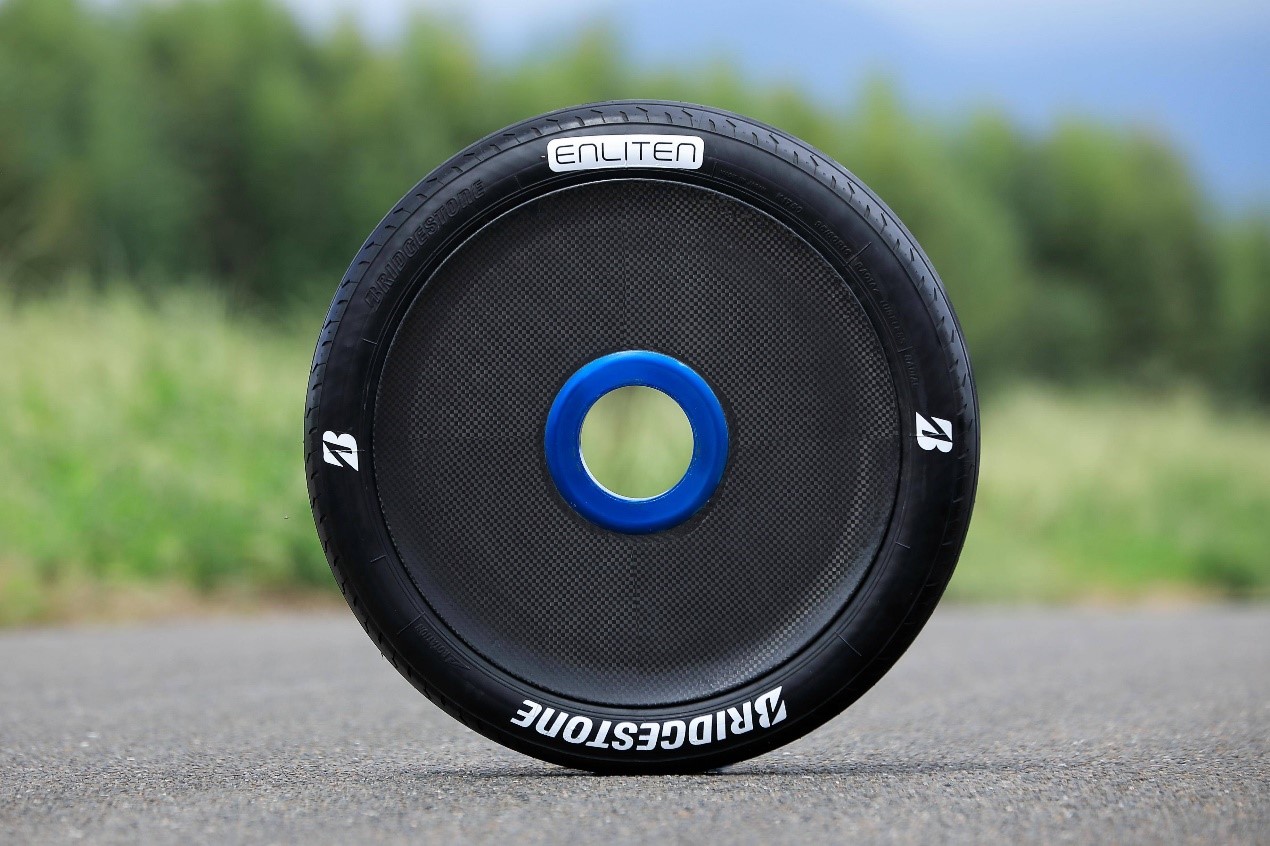
Difference features: Japan's rubber mold manufacturing emphasizes the exquisite craftsmanship and product stability. Its transfer rubber molds have excellent performance in the automotive and other fields.
Technical level: Japan has an excellent technical level in mold design and manufacturing, especially in the field of high precision requirements.
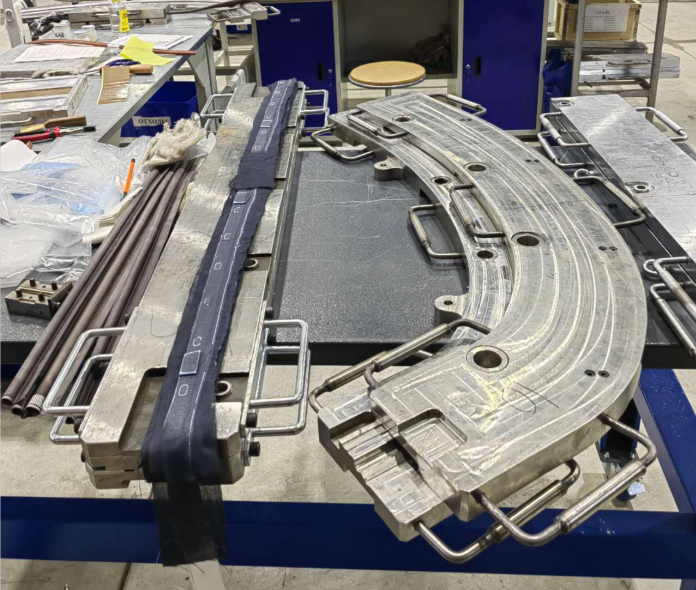
Difference characteristics: Russia has a certain manufacturing strength in the field of rubber mold manufacturing, which is mainly focused on meeting domestic demand and part of exports. Due to the late development of Russia in the rubber industry, its rubber mold manufacturing is relatively not very advanced. Such as: military industry, energy, transportation fields.
Technical level: Although the technical level of rubber molds in Russia is gradually improving, it is relatively lacking in the world's leading innovation and high-end technology. It is necessary to strengthen R&D and technology introduction to improve product quality and competitiveness.
United States: U.S. rubber mold manufacturing focuses on innovation and high performance, especially in new materials and processes.
South Korea: The technical level of rubber molds in South Korea is gradually rising, focusing on high-quality and high-value-added production.
In general, different countries have their own characteristics and advantages in rubber mold manufacturing. The development of the global rubber mold industry is subject to technical exchanges and competition between these countries, which jointly promote the continuous innovation and progress of the rubber products industry.
Custom Rubber Mold Capability of Richconn
Rubber molds are key tools used to manufacture rubber products, which can be divided into many types according to different uses and manufacturing processes, each type has its own unique characteristics and application scenarios.
Injection rubber molds are a key tool used for rubber injection molding, and their design and manufacturing are essential for the production of high-precision rubber products. The following are the main features and working principle of injection rubber molds:
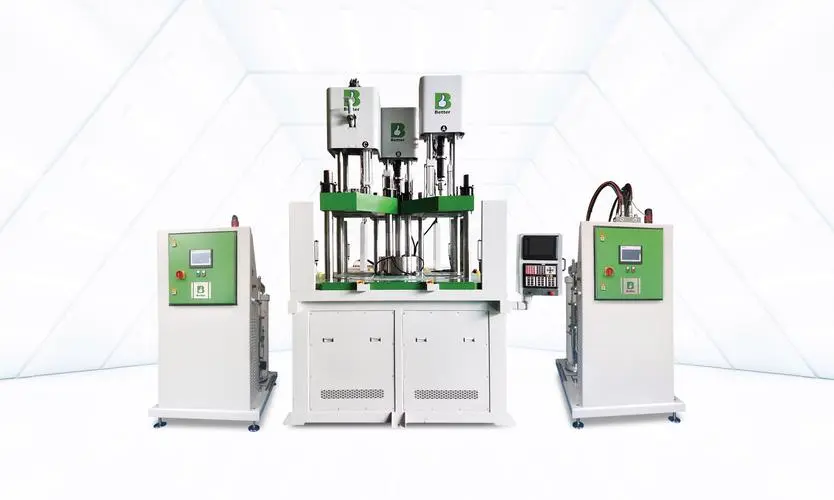
High-precision design: Injection rubber molds need to be carefully designed to ensure that the rubber products produced meet strict size and shape requirements. Factors considered in the design include the mold structure, runner system, and cooling system.
Molding process: Injection rubber mold adopts the injection molding process, by heating the rubber material to a flowable state, and then injecting it into the mold, and finally cooling and solidifying in the mold to form the desired rubber product. This process ensures high precision and surface quality.
Runner system design: The runner system of the mold plays a key role, which affects the fluidity and fillability of the rubber material in the mold. The well-designed runner system ensures that the rubber fills the mold evenly and avoids air bubbles and defects.
Wear-resistant material selection: Due to the high-pressure and high-temperature characteristics of rubber injection molding, the injection rubber mold usually uses wear-resistant and high-temperature resistant materials to ensure the stable operation of the mold for a long time.
Automatic control system: The advanced injection rubber mold is equipped with an automatic control system, which can realize the automatic opening and closing, injection, cooling and other processes of the mold, improve production efficiency and reduce manual operation costs.
Material Adaptability: Injection rubber molds are able to adapt to various types of rubber materials, including natural rubber, nitrile rubber, silicone rubber, etc., making them have a wide range of applicability in different industries and applications.
Cycle Time Optimization: By optimizing the cooling system and molding process of the injection rubber mold, the production cycle time can be effectively shortened and the production efficiency can be improved.
The continuous innovation and technological progress of injection rubber molds have promoted the development of the rubber products industry in the direction of higher quality and higher efficiency.
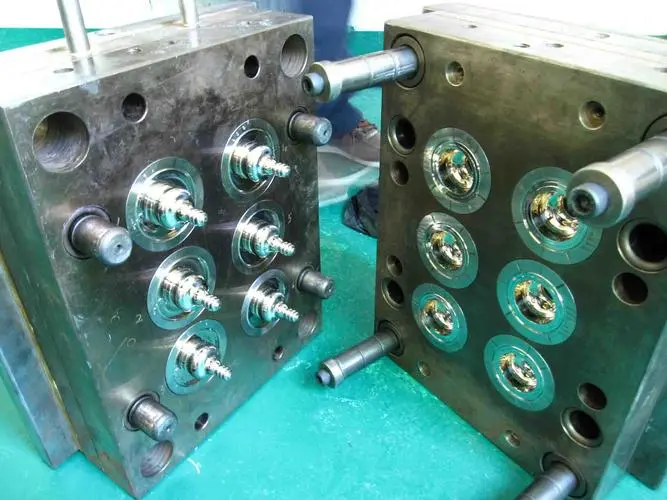
Structural Characteristics
The transfer mold consists of two main parts: the fixed mold and the moving mold, with the mold cavity in between. The mold cavity shape is determined according to the product design. The moving mold is installed on the slide rail so that it can slide in and out to open and close the mold cavity.
Operating Principles
After the material enters from the hopper, it is pre-formed first, then cured in the curing area, and finally the finished product is ejected out along with the moving mold. The continuous production is achieved by the constant switching and sliding of the molds.
Design Requirements
Reasonable parting surface design to ensure smooth opening and closing of the mold. Precise guiding mechanism to ensure accurate alignment of the two mold halves. Cooling waterways and temperature control systems are installed to regulate the mold temperature.
Main Applications
Molds for mass production products like tires, industrial rubber parts, seals, etc. High degree of automation, suitable for continuous production.
Manufacturing Process
Processing methods like wire-cutting and machining are used. Critical areas like guiding mechanisms are finely machined. The mold is then assembled and debugged before use.
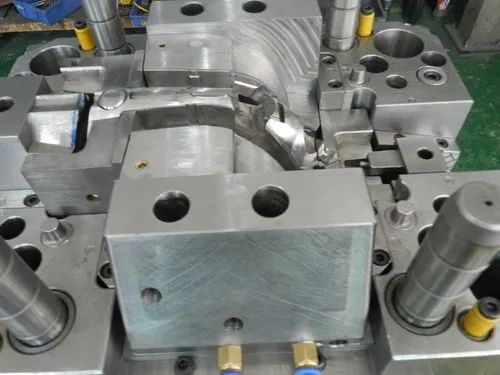
Structural Characteristics
The hot press mold has an integrated structure with the upper and lower mold being a whole piece. It is heated through built-in electric heating rods or thermal oil circulation.
Operating Principles
The rubber material is placed in between the upper and lower mold cavity. Under heat and pressure the rubber flows and takes shape of the mold cavity. Multiple posts and ejector rods are embedded to facilitate demolding.
Design Requirements
Uniform thickness of the product needs to be considered to avoid uneven curing issues. Enough post height and draft angle guarantee smooth demolding of the product. Heat conduction and insulation also need attention during design to prevent defects.
Main Applications
Suitable for products with simple shape that require compression molding, such as rubber pads, gaskets, etc. Batch production with longer cycle times.
Manufacturing Process
The mold steel is machined by CNC according to the design. Additional fine grinding ensures surface finish of mold cavity meets requirements. Then tempering treatment is conducted before assembly and try-out.
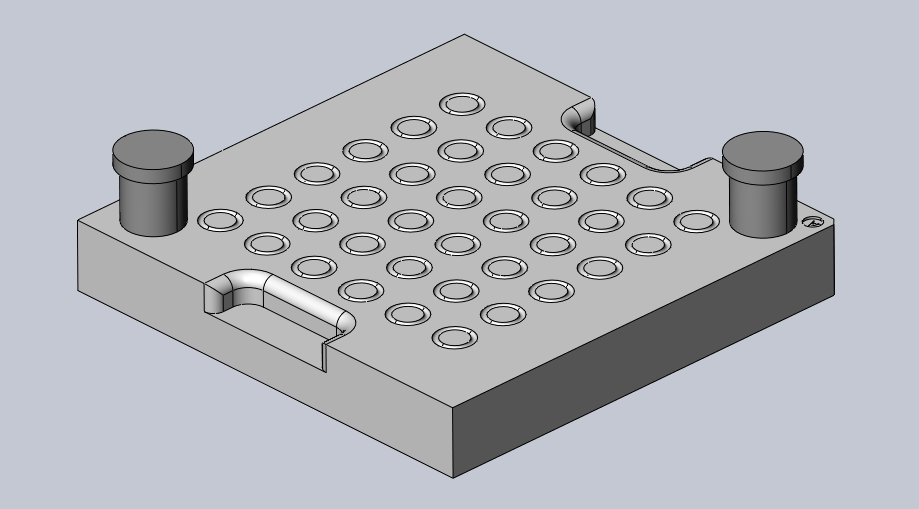
Structural Characteristics
The O-ring mold consists of a top mold, bottom mold, support ring and core. The ring-shaped cavity is formed between the core, support ring and mold. Vacuum suction system helps demolding.
Operating Principles
O-ring material is extruded into the ring-shaped cavity space. After curing and cooling, the support ring retreats and vacuum suction demolds the O-ring. Automated production can be realized.
Design Requirements
Reasonable determination of parting lines and fillet radius is needed. Exhaust ports must be fully considered as well as the curing process requirements.
Main Applications
Mainly used for producing O-ring seals for machinery, aviation, ships and other industries. Smallbatches and multi-varieties production.
Manufacturing Process
Precision machining of the core and cavity surface, grinding or polishing surface to required roughness. Vacuum holes are processed at the last step before assembly.
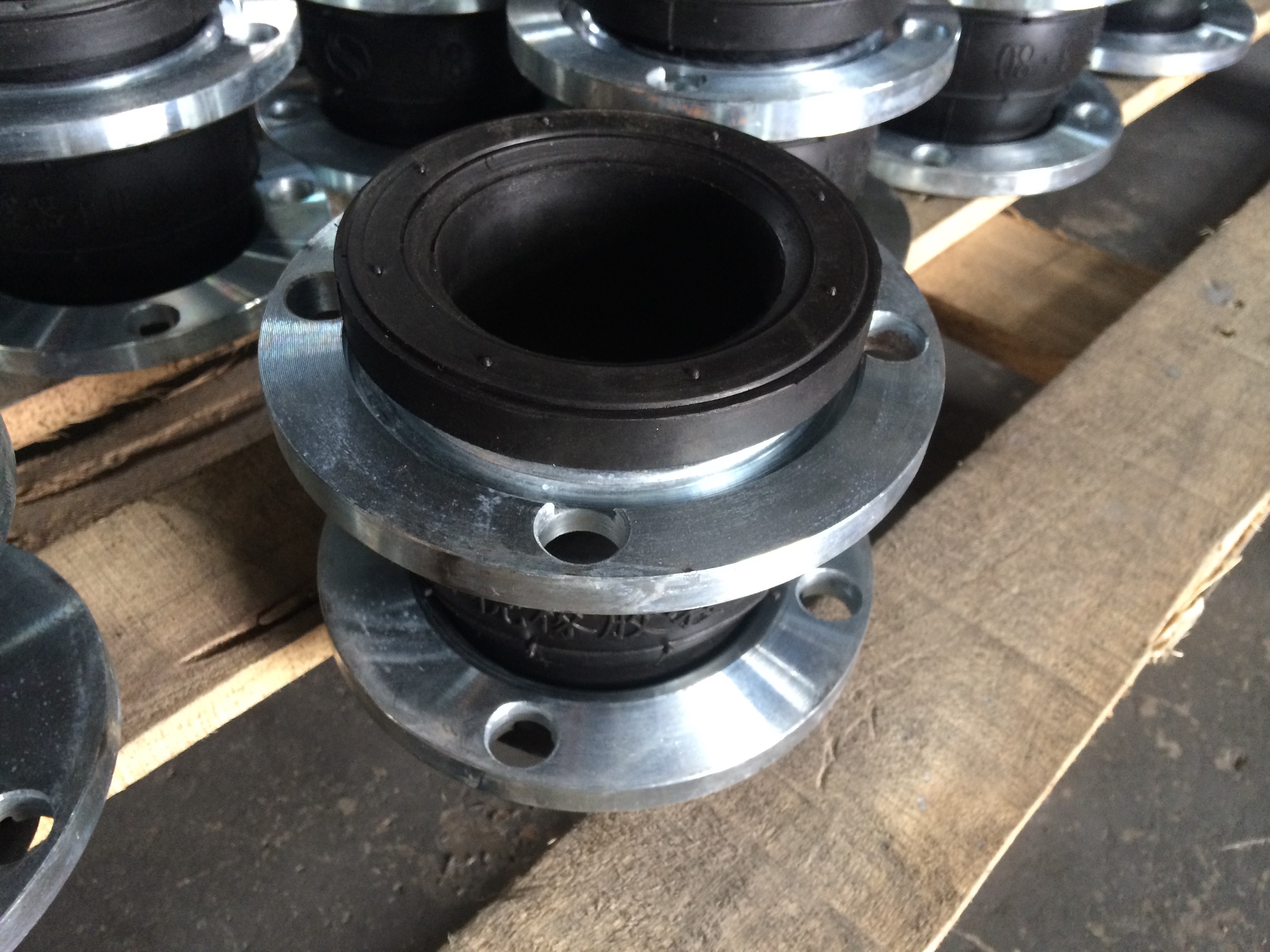
Structural Characteristics
The shock absorber rubber mold consists of upper, lower and side core molds. The product shape is between the side core and cavity. It features exhaust ports and demolding mechanism.
Operating Principles
After rubber material fills the cavity space, hot press and curing take place. The side core moves sideways first during demolding, followed by top mold removal.
Design Requirements
The curing process requirements need to be fully studied including temperature and pressure control. Slider tracks dimensions must guarantee smooth movement of side core.
Main Applications
Mainly used for molded rubber parts in automobile shock absorbers. Multi-cavity molds for mass production conditions.
Manufacturing Process
CNC machining of the mold, high precision grinding of the core and cavity, implantation of demolding components. Then tempering and mold trial runs are conducted.
Classification and characteristics of rubber molds
Hot-work tool steel: Good mechanical properties and red hardness after heat treatment. Commonly used materials include 45 steel, H13 steel, P20 steel etc.
Carbon tool steel: High carbon content, good cutting performance, excellent machinability. Commonly used materials include Cr12MoV steel, 9CrSi steel etc.
High speed steel: Contains a lot of alloying elements like WC, Mo, V. Features high thermal stability. Commonly used materials include M2 steel, M35 steel, T15 steel.
Precipitation hardening steel: Exhibits excellent comprehensive properties after quenching and tempering processes. Such as Böhler steel, Japan copper.
Surface treatment: Electroplating chromium, nitriding, passivation, carbonitriding etc. to enhance surface properties.
Raw Material Machining Select raw material blank of hot work steel or mold steel, make preliminary planning, determine cutting amount and machining path.
Rough Machining Process Use vertical machining centers or CNC boring and milling machines for rough machining, leaving some allowance for finishing.
Precision Machining Process
Critical areas like cavity, core and guiding mechanisms go through precision machining processes, using small end face grinding to obtain ultra-precision surfaces.
EDM Process EDM contour machining achieves special profiles, wire cutting obtains perfect parting lines.
Assembly and Commissioning
After assembling all components, check alignment, fitting and motion accuracy, carry out mold trial runs for optimization.
Powerful Design and R&D Team
Possesses extensive domestic and overseas experience in mold development and design. Provides professional customized solutions for clients.
Exquisite Manufacturing Techniques
Has various kinds of precision machining equipment, to efficiently and accurately process rubber molds’ critical areas and ensure product quality.
Comprehensive Inspection Methods
Full and strict inspections from molding accuracy to surface roughness, etc. Assuring mold specifications meet acceptance criteria.
Improved After-sales Service
Optimizing molds according to actual use, making anti-breaking levels and structural adjustments. Providing replacements, maintenance support and operation training.
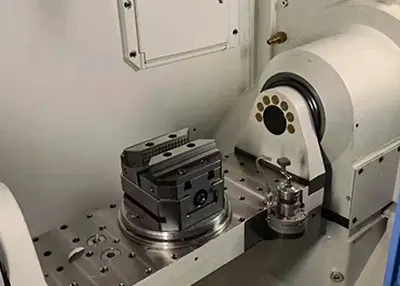 What Industries Use Stainless Steel?October 27, 2023Stainless steel is the abbreviation of stainless and acid-resistant steel, air, steam, water and other weak corrosive media or with stainless steel is called stainless steel, and will be resistant to chemical corrosive media (acids, alkalis, salts and other chemical corrosion) corrosion of the steel is called acid-resistant steel.view
What Industries Use Stainless Steel?October 27, 2023Stainless steel is the abbreviation of stainless and acid-resistant steel, air, steam, water and other weak corrosive media or with stainless steel is called stainless steel, and will be resistant to chemical corrosive media (acids, alkalis, salts and other chemical corrosion) corrosion of the steel is called acid-resistant steel.view Metal Gears vs Plastic Gears: Which Is the Better Option for Your Project?June 28, 2024What are the differences between metal gears and plastic gears? Which is the better option for your project? Let’s find the answers with the help of this article!view
Metal Gears vs Plastic Gears: Which Is the Better Option for Your Project?June 28, 2024What are the differences between metal gears and plastic gears? Which is the better option for your project? Let’s find the answers with the help of this article!view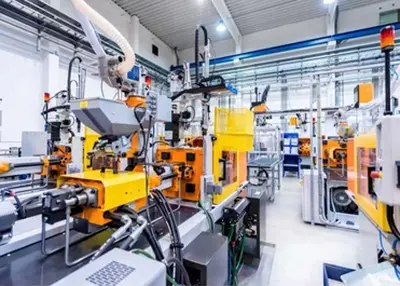 Analysis of Process Characteristics for CNC Machining PartsApril 4, 2023Choose the appropriate machine tool based on the material, contour shape, machining accuracy and other factors of the processed workpiece. Develop a machining plan, determine the processing sequence o...view
Analysis of Process Characteristics for CNC Machining PartsApril 4, 2023Choose the appropriate machine tool based on the material, contour shape, machining accuracy and other factors of the processed workpiece. Develop a machining plan, determine the processing sequence o...view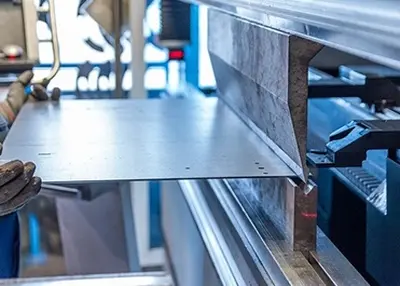 Sheet Metal Thickness Conversion Chart: Galvanized Steel, Stainless Steel, AluminumDecember 5, 2023In sheet metal work, the term "gauge" is frequently employed to specify thickness. Gauges are the units used to indicate the thickness of a metal sheet.view
Sheet Metal Thickness Conversion Chart: Galvanized Steel, Stainless Steel, AluminumDecember 5, 2023In sheet metal work, the term "gauge" is frequently employed to specify thickness. Gauges are the units used to indicate the thickness of a metal sheet.view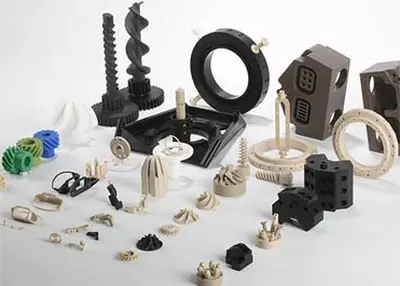 Surface Finish 101: An Overview of Plastic Surface Finish ChartSeptember 5, 2023A process that involves the use of a machine to impose characteristic irregularities on the surface of its product. Constant use tends to cause the product to wear down over time. This is usually due ...view
Surface Finish 101: An Overview of Plastic Surface Finish ChartSeptember 5, 2023A process that involves the use of a machine to impose characteristic irregularities on the surface of its product. Constant use tends to cause the product to wear down over time. This is usually due ...view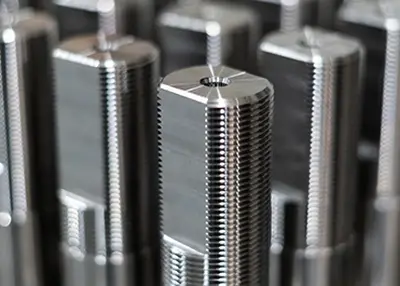 Why is Titanium Alloy a Difficult Material to Process?October 23, 2023Why do we think titanium alloy is a kind of difficult to machine material? Because of the lack of deep understanding of the processing mechanism and phenomena. However, the material characteristics of titanium alloys make it a challenge for many precision machine shop, and many engineers are searching for suitable solutions for this material. At Richconn, we have a wealth of experience in titanium CNC machining, choose our titanium CNC machining service, we can do it to your satisfaction.view
Why is Titanium Alloy a Difficult Material to Process?October 23, 2023Why do we think titanium alloy is a kind of difficult to machine material? Because of the lack of deep understanding of the processing mechanism and phenomena. However, the material characteristics of titanium alloys make it a challenge for many precision machine shop, and many engineers are searching for suitable solutions for this material. At Richconn, we have a wealth of experience in titanium CNC machining, choose our titanium CNC machining service, we can do it to your satisfaction.view